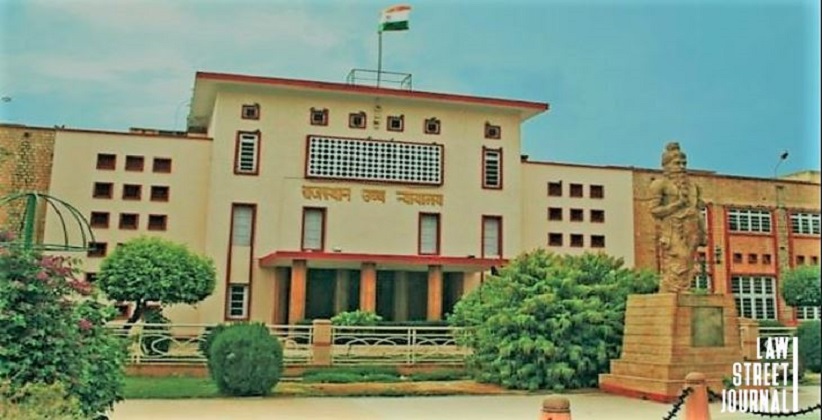It was noted by the Supreme Court on February 28, 2020 that the expenditure incurred by the Governments on their respective states High Court, their subordinate departments or the district courts was less than 1% of their total expenditure for the tenure of 2018-19, except Delhi. This data was revealed by a Supreme Court order.
Delhi, the National Capital, spends Rs. 1,045 Crore for the judiciary institutions whereas their overall total expenditure in 2018-19 was Rs. 50,200 Crore. This comes to be about 2.08% of the total spending of Delhi on its judicial institutions. Notably, it is the highest among all other States or Union Territories.
Coming to other states, Uttar Pradesh spent Rs. 1,614 Crore which is the highest among states but this as well accounts for only 0.35 percent of the States total expenditure.
While talking about the same index, Arunachal Pradesh finds its place at the bottom of the table, having only Rs. 5.27 Crore being spent on Judiciary Institutions and even that comes around 0.02 percent of the states overall expenditure in 2018-19.
Assam comes at second from the bottom at the table by having only 0.09 percent of its total expenditure on Judiciary by spending a sum of Rs. 286 Crore with comparison to the states whole expenditure of Rs. 2.91 lakh crore.
Besides Delhi and Uttar Pradesh, there are only 6 states, namely Gujarat, Karnataka, Maharashtra, Rajasthan, Tamil Nadu and West Bengal, which spent more than 1,000 crore on institutions coming under the ambit of Judiciary in 2018-19.
This data was disclosed by the Supreme Court in its order of 28th February, 2020 by asking the states to implement the norms and recommendations made by Justice P Venkatarama Reddi Pay Commission which dealt with paying the allowances and finally the pension of the Judicial officers.
The pay commission under Justice P Venkatarama Reddi was set up by the Supreme Court in May 2017 on a petition filed by the All India Judges Association, which wanted to consider the conditions which are being faced by the Judicial Officers. The pay commission submitted its report to the court in January 2020.
The court saw that the primary objections raised over the years had primarily concerns about the scarcity of monetary assets. Such complaints, the court noted had been dismissed by the court on prior events as well.
The court then proceeded to note that the expenditure on judiciary was inadequate and negligible in comparison to overall spending by states.
the expenditure on account of High Court and subordinate courts in the respective states continues to be inadequate and negligible in comparison to its overall expenditure for the year 2018- 2019, the court said in its order.
The court guided all states to document their response to the commission's report within four weeks. If any of the states fail to file a response, it will be presumed that they have no objections to the recommendations made by the commission, the court said.
Senior counsel PS Narasimha was named amicus curiae to help the court. The court additionally directed that the states should be represented in this case by their respective advocate generals.
Author Devansh Dev
















